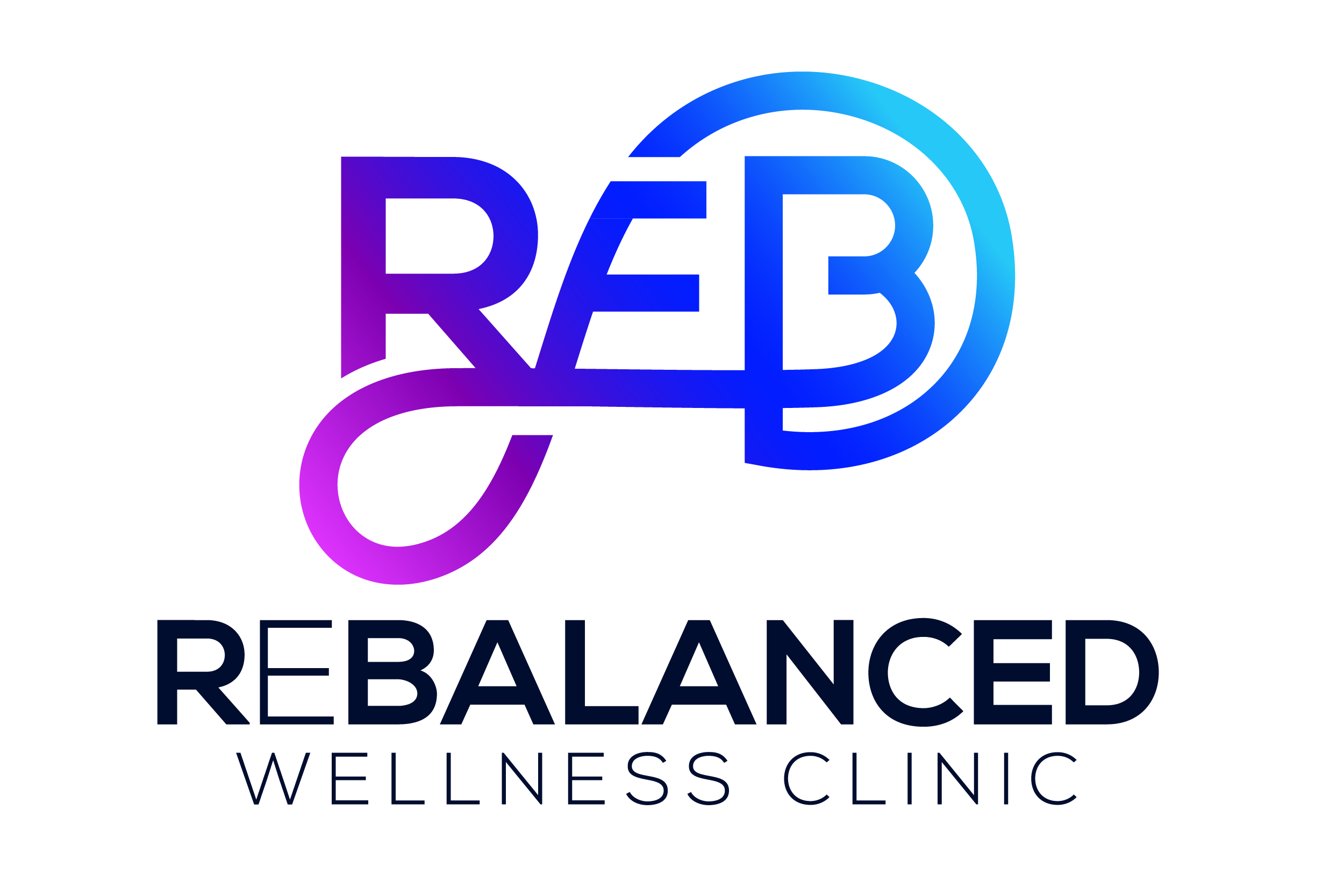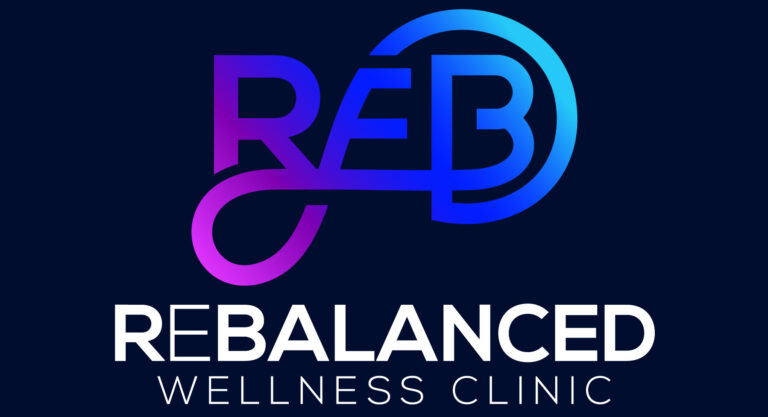The Rise of Virtual Health: A New Era in Wellness
We’re in a new era of healthcare, folks. With the digital world expanding, virtual health has made its mark, changing how we approach wellness. Now, you can meet with doctors or therapists right from your living room, thanks to video calls and online platforms. Got a smartphone or laptop? You’re all set. The convenience factor here is massive; no more waiting rooms or long drives. Plus, it’s not just about being sick. Virtual health includes fitness classes, nutrition advice, and mental health support. This shift to online isn’t just about coping with the current times; it’s reshaping healthcare for good. Better access, more convenience, and in many cases, lower costs are front and center in this digital wellness revolution.
Understanding Virtual Health Services
Virtual health services bring the doctor’s office to you through technology. Using a phone, computer, or tablet, you can talk with doctors, therapists, or specialists without leaving your home. Whether it’s a video call for a skin rash or chatting about stress with a therapist, these services cover a wide range. Virtual visits can often be scheduled quicker than in-person appointments, making it easier to fit into a busy day. Plus, with records kept online, tracking your health history becomes straightforward. Remember, while virtual health services offer convenience, they might not suit every situation. For emergencies or when a physical exam is crucial, seeing a healthcare provider in person is still best.
Key Benefits of Choosing Virtual Health for Your Wellness Journey
Virtual health services bring your wellness journey right to your fingertips. These services offer significant benefits, making them an ideal choice for anyone looking to manage their health efficiently. One of the standout advantages is convenience. You can access healthcare from wherever you are, be it at home, work, or on the go, saving you time and hassle. It’s a game changer, especially for those with tight schedules or limited mobility.
Cost-effectiveness is another vital point. Often, virtual health services are less expensive than traditional in-person visits. This affordability comes without sacrificing quality, allowing more people to get the care they need without the financial strain. Moreover, virtual health provides you access to a wide range of specialists you might not have in your local area, breaking down geographical barriers to expert care.
Also, let’s not overlook the aspect of comfort. Discussing sensitive health issues can be easier behind a screen, providing a sense of anonymity and reducing the anxiety associated with doctor’s visits. This can lead to more open and honest communications with your healthcare providers, enhancing the quality of care received.
Lastly, virtual health services often mean shorter waiting times. You can say goodbye to long waits in crowded waiting rooms, reducing your exposure to other potentially sick individuals. This is particularly beneficial in times when minimizing contact is vital for health reasons.
In a nutshell, choosing virtual health for your wellness journey means embracing convenience, affordability, accessibility, comfort, and safety. It’s a forward-thinking approach to healthcare that fits perfectly into the modern lifestyle.
Getting Started: How to Access and Use Virtual Health Services
Stepping into the world of virtual health services is easier than you might think. Begin by identifying what kind of services you need. Are you looking for a general doctor, a mental health specialist, or perhaps physical therapy? Once you know what you need, start searching online for platforms that offer these virtual health services. Most of these platforms will require you to create an account. Just fill in some basic information about yourself, nothing fancy. After you’ve set up your account, you can browse through the list of available healthcare providers. Look for ones that have good reviews or come recommended by people you trust. When you find a healthcare provider you like, you can usually book an appointment directly through the platform. They’ll confirm your appointment time and date via email or on the platform itself. Before your appointment, make sure you have a good internet connection and a private space where you can talk freely. It’s as simple as that. Now you’re ready to start your wellness journey from the comfort of your home.
Common Virtual Health Services Available Today
Virtual health services have exploded in popularity, making healthcare more accessible to everyone. You can now talk to a doctor, get a prescription, or even have a therapy session without leaving your house. Let’s break down some common services you might find:
- Telemedicine Consultations – This is like a visit to the doctor’s office but through your computer or phone. You can discuss symptoms, get advice, and receive treatment plans for non-emergency issues.
- Virtual Mental Health Support – Online platforms connect you with therapists and counselors for mental health support and guidance. Whether it’s anxiety, depression, or stress, help is just a click away.
- Remote Monitoring – Especially useful for people with chronic conditions, doctors can monitor your health using technology. This way, they can keep an eye on your vital signs or blood sugar levels remotely.
- Digital Prescription Services – Forget about going to the pharmacy to pick up your meds. With these services, you can have your prescription sent directly to a local pharmacy or delivered to your door.
- Fitness and Nutrition Coaching – Virtual trainers and nutritionists can help you on your wellness journey, offering personalized advice and regimes based on your health goals.
Each of these services offers a convenient way to take care of your health, fitting medical support into your busy life without the hassle of traditional appointments.
Tips for a Successful Virtual Doctor’s Visit
Preparing for a virtual doctor’s visit is key to getting the most out of it. Here’s how to nail it. First, find a quiet spot. You want a place where you can speak freely without noise. Next, check your tech. Make sure your internet is strong and your device’s camera and microphone work. Test the app or website you’ll use beforehand. Then, gather your health info. Have your medical history, current medications, and any questions you want to ask ready. Also, be on time. Just like a regular doctor’s visit, being punctual matters even if it’s online. And finally, be clear and honest with your doctor. They’re here to help, not judge. Following these steps can make your virtual visit smooth and beneficial.
Integrating Virtual Health into Your Daily Wellness Routine
Integrating virtual health into your daily routine is simpler than you might think, and doing so can significantly boost your overall wellness. Start by setting clear goals. Ask yourself, what do I want to achieve with virtual health services? It could be anything from staying on top of your physical health, managing stress better, or even improving your nutrition. Once you have your goals, research virtual health services that align with them. Many platforms offer a range of services, including virtual doctor consultations, mental health support, fitness classes, and nutritional planning.
Make it a habit. For instance, dedicate time each week for a virtual yoga class or schedule monthly online appointments with your general practitioner or mental health counselor. The key is consistency. Just like any wellness routine, integrating virtual health services into your life requires commitment.
Lastly, track your progress. Many virtual health platforms have tracking capabilities, allowing you to see how you’re improving over time. This could be anything from your fitness levels increasing to better managing your stress. Monitoring your progress will not only keep you motivated but also help you adjust your virtual health services to better meet your wellness goals. Remember, integrating virtual health into your daily routine is about making your wellness journey more accessible and manageable. So, take advantage of what’s out there and tailor it to fit your life.
Privacy and Security: Keeping Your Health Information Safe Online
When you use virtual health services, keeping your health info safe is a big deal. Here’s the straight talk: health platforms must follow strict rules, like HIPAA in the U.S., to protect your data. But, you’ve got a role too. Always use strong passwords and be careful about which services you trust. Look for services that encrypt your data, meaning they scramble it up so only the right people can read it. Don’t share personal info on public Wi-Fi and be smart about what you share online. Remember, your health info is precious, and keeping it safe takes both strong security from your health service and smart moves by you.
Overcoming Challenges and Limitations of Virtual Health
Even the slickest virtual health services face their hurdles, making it not all smooth sailing on your wellness journey. First off, not all health issues can be spotted or treated over a screen. Think about conditions that need hands-on exams or immediate procedures – these just won’t fly in the virtual space. Then, there’s the tech gap. Not everyone’s got the latest gadgets or stable internet, which means some folks get left behind. Plus, let’s not forget the personal touch. A lot of us still value the face-to-face bond with our healthcare providers, something that’s tricky to replicate online.
But here’s the kicker, navigating these challenges isn’t impossible. It starts with knowing what virtual health can and can’t do for you. For minor issues or follow-up appointments, it’s a winner. But for more serious concerns, be prepared to step into an actual office. As for the tech hurdle, community resources or simpler, more accessible platforms can bridge the gap somewhat. And remember, sometimes a mix of in-person and virtual visits can give you the best of both worlds, keeping that personal connection alive while enjoying the convenience of remote care.
Looking Forward: The Future of Virtual Health and Wellness
The future of virtual health and wellness is bright – and it’s gaining momentum fast. More people are turning to virtual services for health advice, workout programs, and even one-on-one consultations with healthcare providers. Why? Because it’s convenient. You can get expert advice without leaving your house. This shift is not just a passing trend; it’s a sign of things fundamentally changing in how we approach our health and wellness.
In the coming years, expect to see even more personalized virtual health services. Tech giants and startups alike are investing in smart technologies that can tailor health advice and workouts specifically to your needs, based on the data you provide. Imagine your virtual wellness coach knowing exactly when you’re likely to skip a workout and offering a dose of motivation right when you need it most, or an online nutritionist customizing meal plans based on your dietary preferences and health goals.
Another big change? Integration. Watch for virtual health services to become more connected with wearable tech. Your fitness tracker, smartwatch, or even smart home devices could soon offer real-time health insights to your virtual health providers, making your wellness journey even more seamless and effective.
Of course, with all these advancements, there are challenges. Ensuring data privacy and security is paramount. And making sure that these technologies are accessible to everyone, not just those who can afford the latest gadgets, is crucial for the benefits of virtual health and wellness to be fully realized.
But obstacles aside, the potential for positive impact on our health is huge. So, embrace the future of virtual health and wellness with an open mind. It’s all about making your wellness journey more personalized, convenient, and integrated into your daily life.


